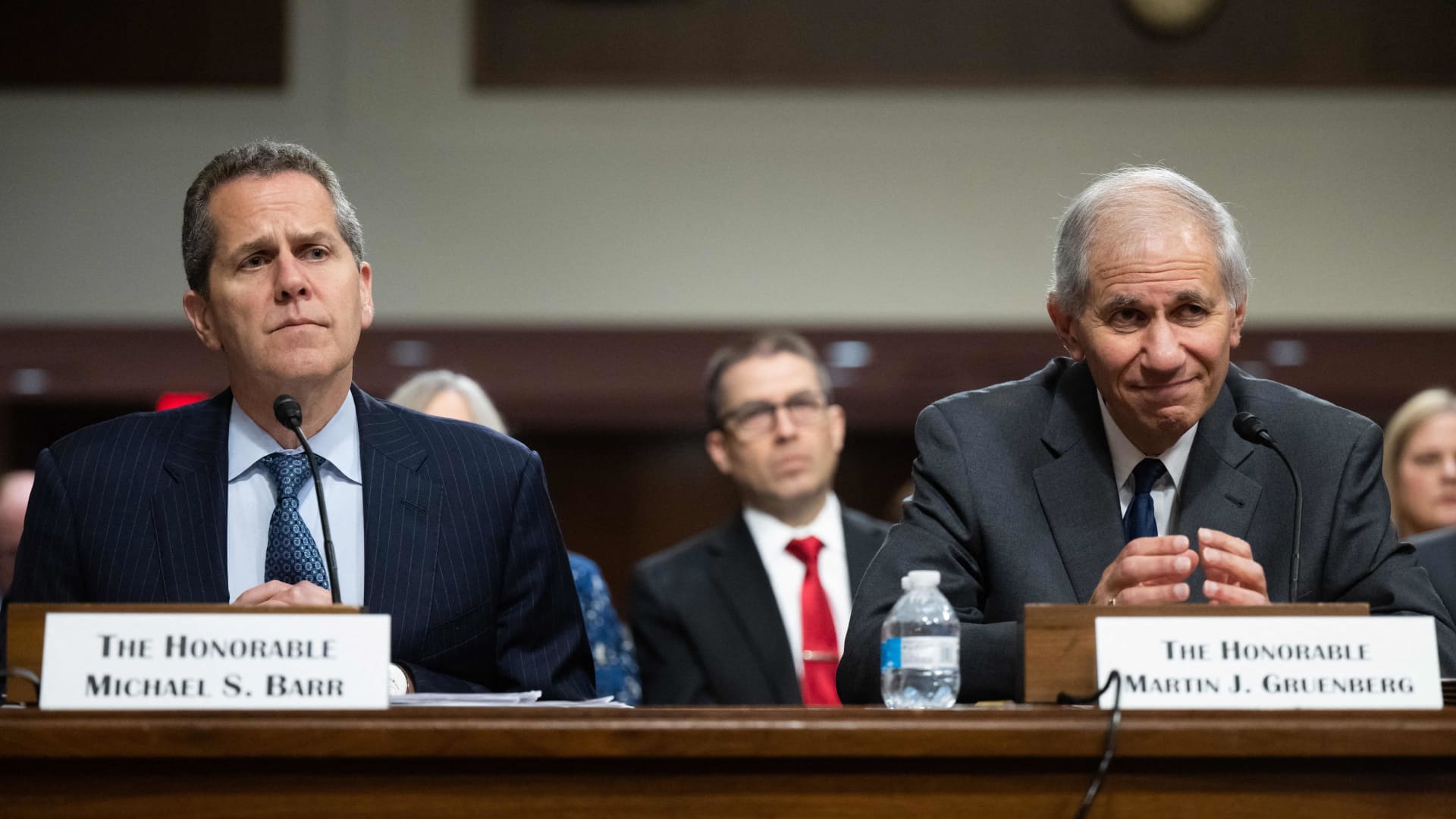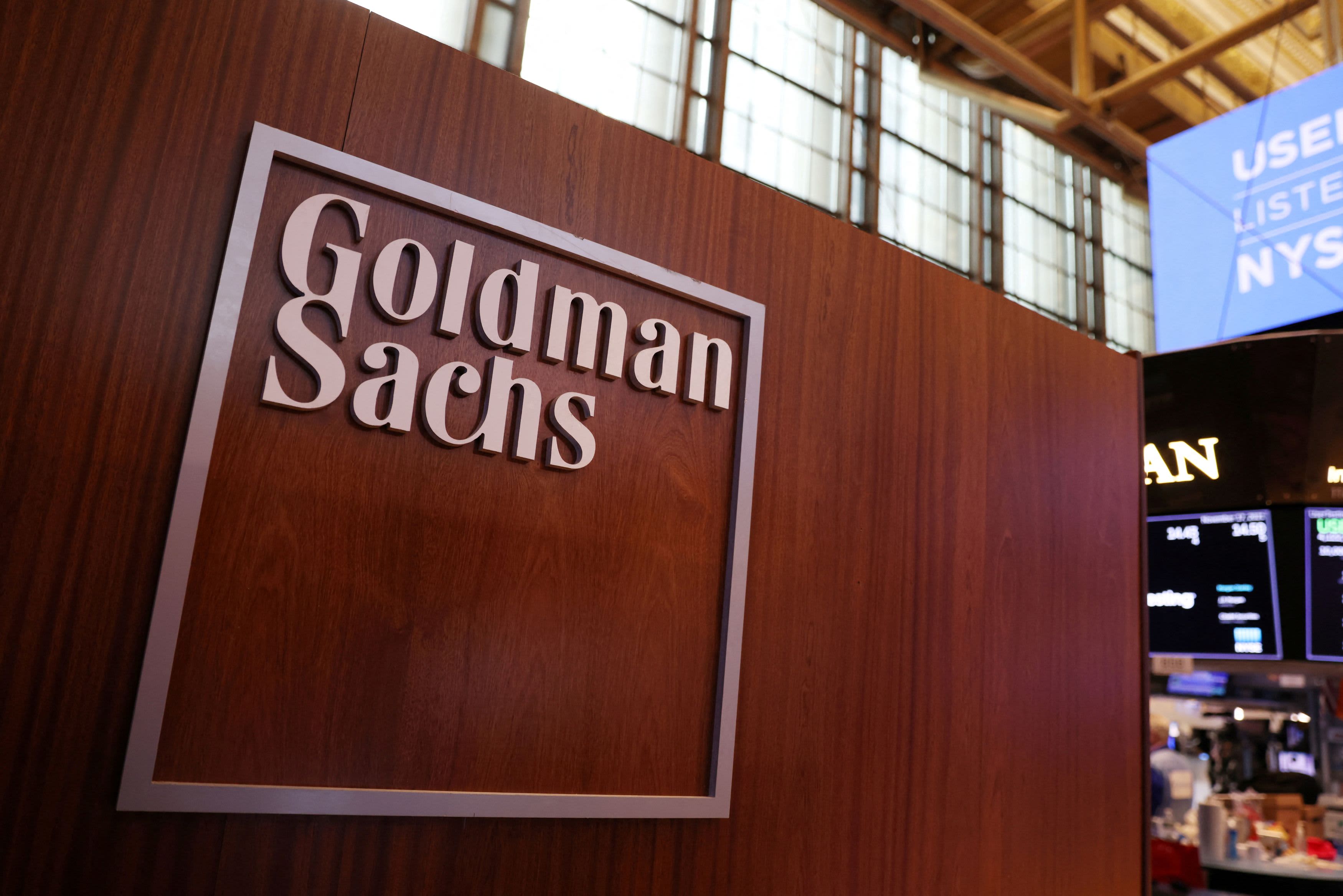U.S. regulators on Thursday unveiled a sweeping set of proposed changes to banks’ capital requirements to address evolving international standards and the recent regional banking crisis.
The changes, designed to boost the consistency and accuracy of regulation, will revise rules tied to risky activities including lending, trading, valuing derivatives and operational risk, according to a notice from the Federal Reserve, Office of the Comptroller of the Currency and the Federal Deposit Insurance Corporation.
related investing news
Long expected by banks, the proposed rules seek to tighten regulation of the industry after two of its biggest crises in recent memory — the 2008 financial crisis, and the March upheaval in regional lenders. They incorporate parts of international banking regulations known as Basel III, which was agreed to after the 2008 crisis and has taken years to roll out.
The changes will broadly raise the level of capital that banks need to maintain against possible losses, depending on each firm’s risk profile, the agencies said. While the heightened requirements apply to all banks with at least $100 billion in assets, the changes are expected to impact the biggest and most complex banks the most, they said.
“Improvements in risk sensitivity and consistency introduced by the proposal are estimated to result in an aggregate 16% increase in common equity tier 1 capital requirements,” the regulators said in a fact sheet. Tier 1 common capital levels measure an institution’s presumed financial strength and its buffer against recessions or trading blowups.
Most banks already have enough capital to meet the requirements, the regulators said. They would have until July 2028 to fully comply with the changes, they said.
Further, in response to the failure of Silicon Valley Bank in March, the proposal would force more banks to include unrealized losses and gains from certain securities in their capital ratios, as well as compliance with additional leverage and capital rules.
That effectively eliminates a regulatory loophole that regional banks enjoyed; while larger firms with at least $250 billion in assets had to include unrealized losses and gains on securities in their capital ratios, regional banks won a carveout in 2019. That helped mask deterioration in SVB’s balance sheet until investors and depositors sparked a deposit exodus in March.
The regulators have invited commentary on its proposal through Nov. 30; banks and their interest groups are expected to push back against some of the new rules, saying they will boost prices for customers and force more activity into the so-called “shadow banking” sector.
This story is developing. Please check back for updates.


